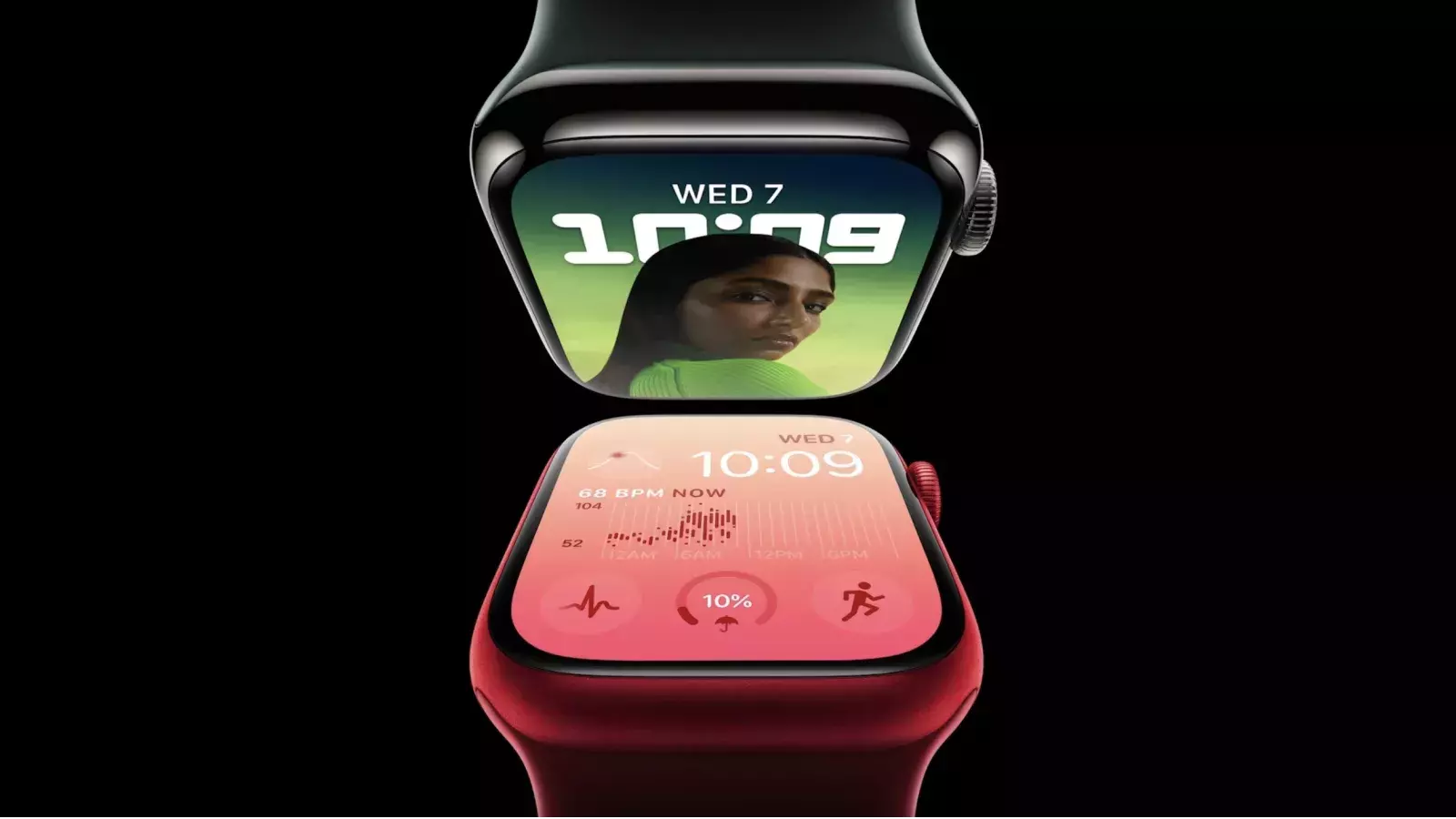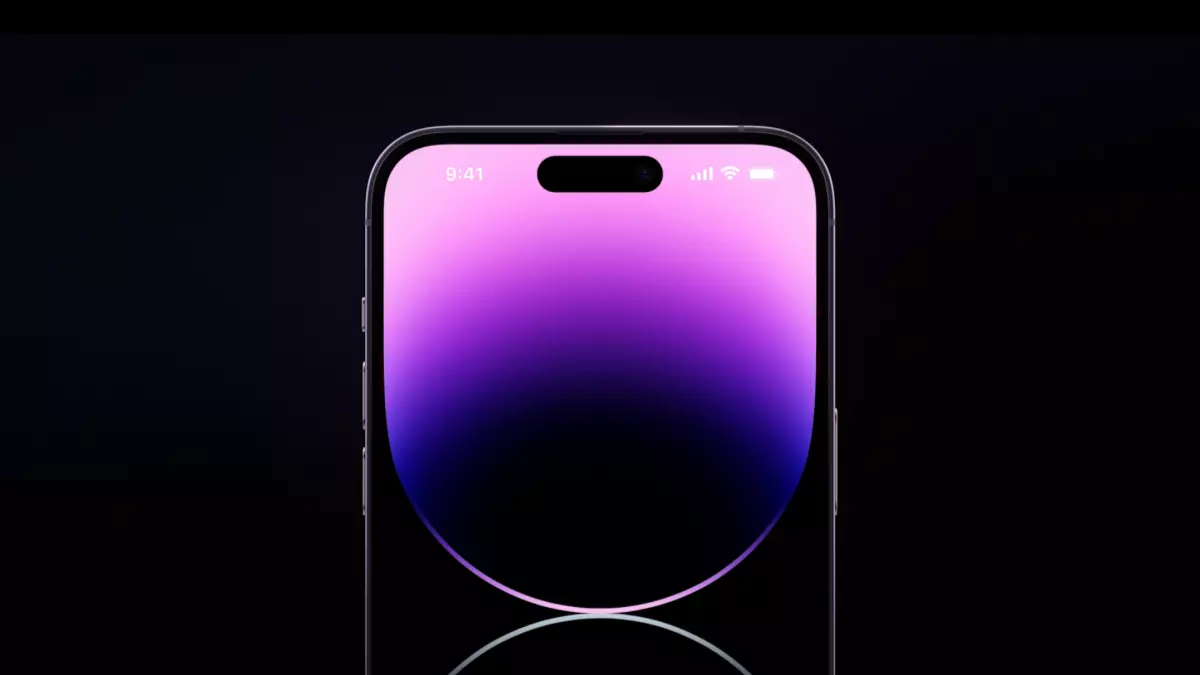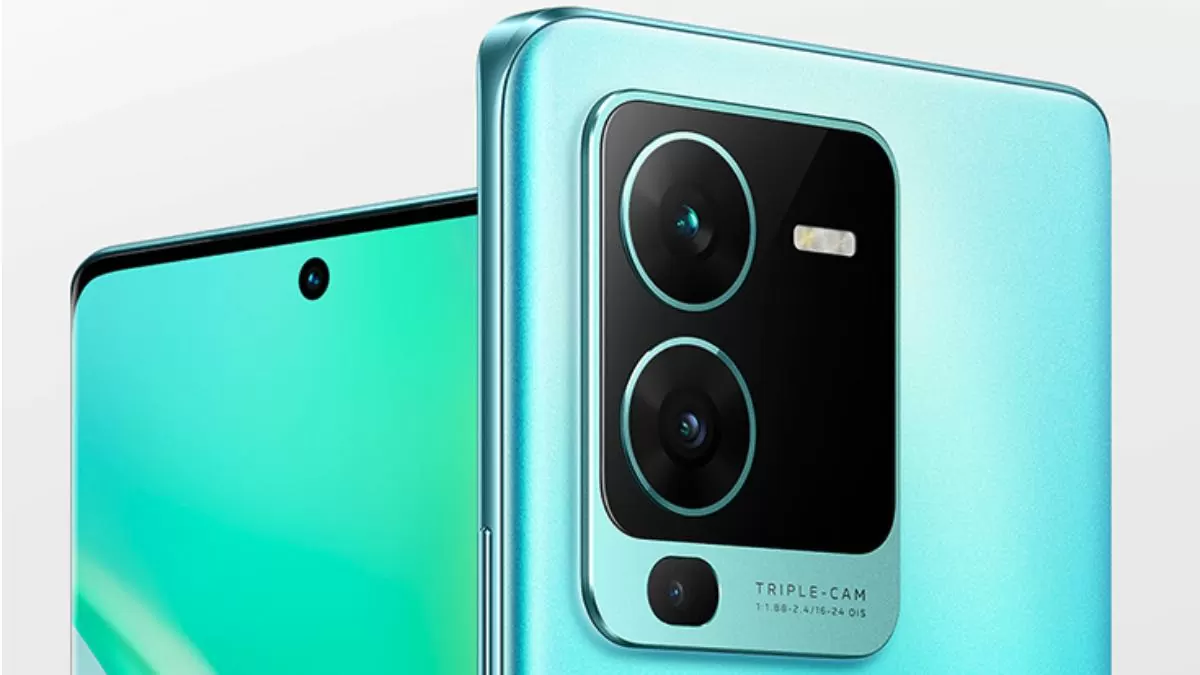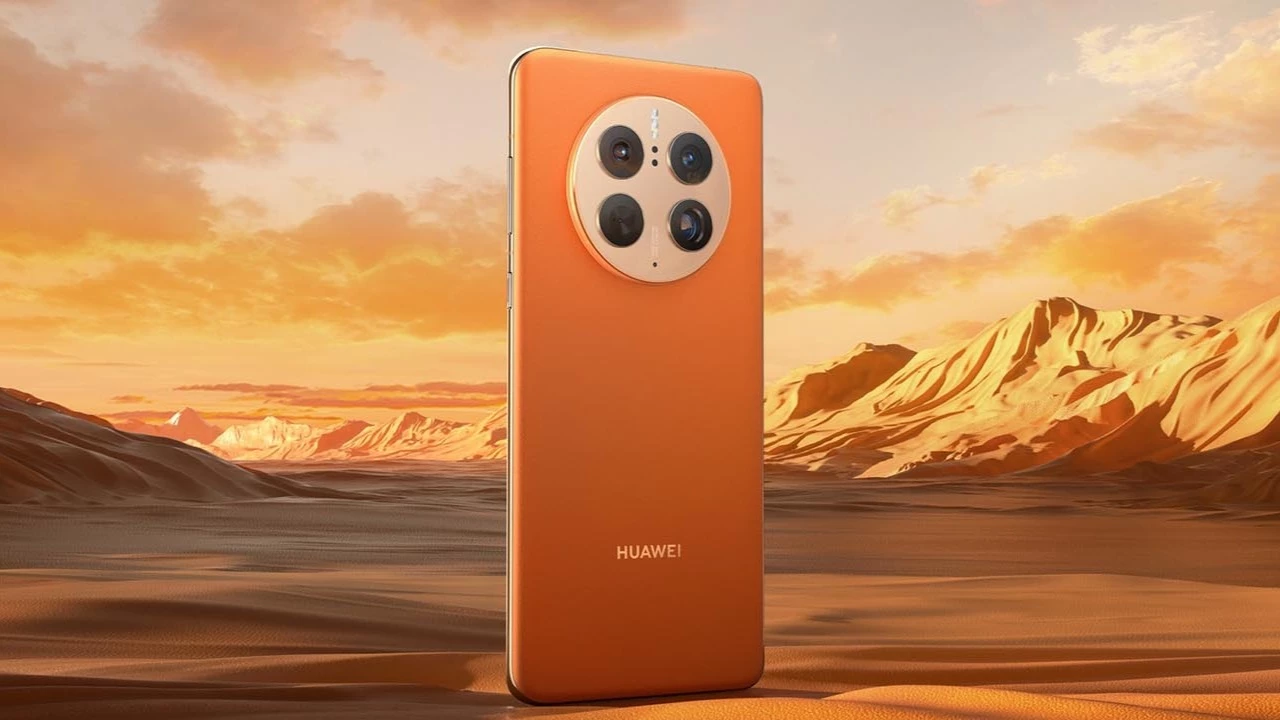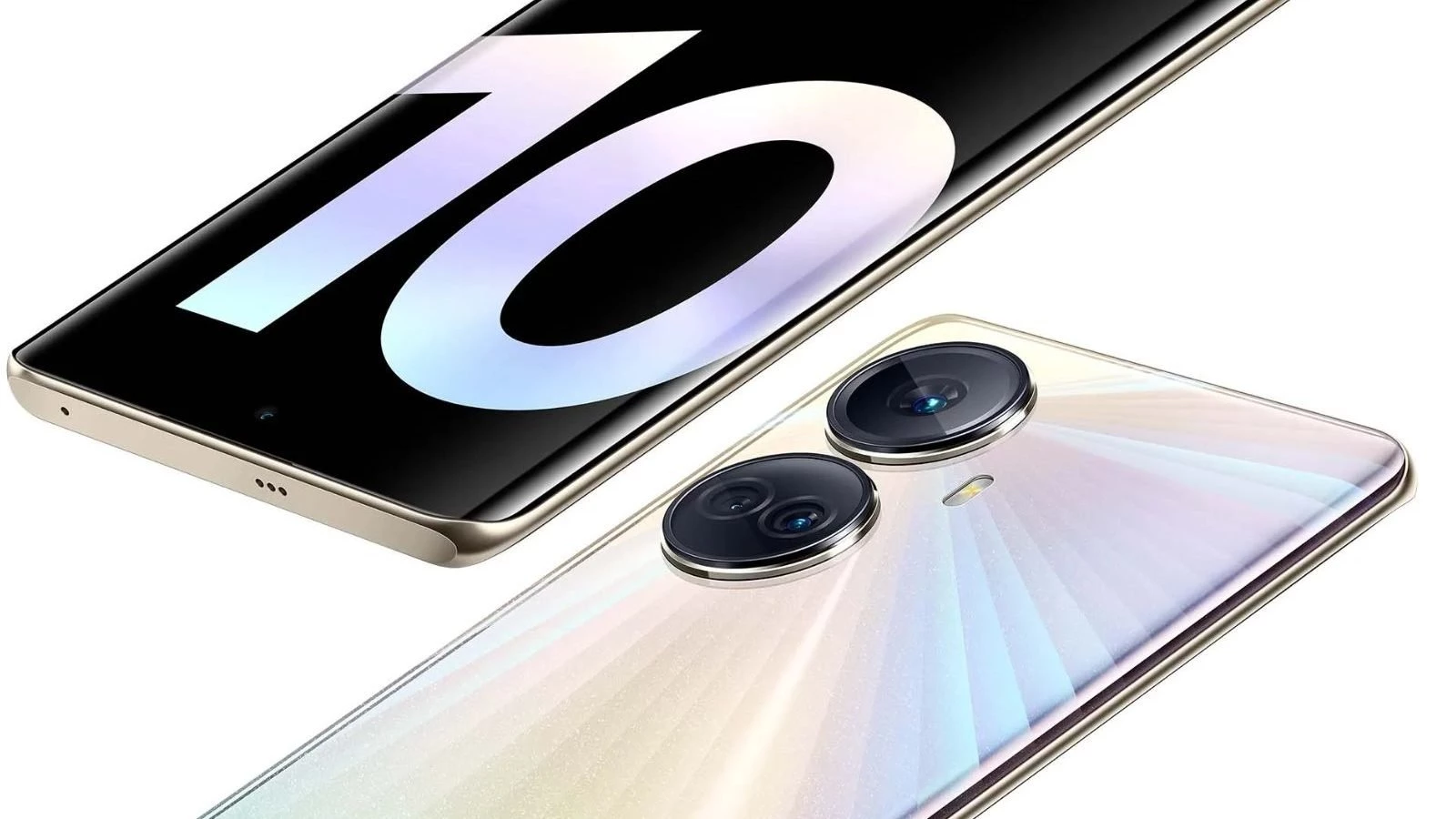POCO F4 Full Review
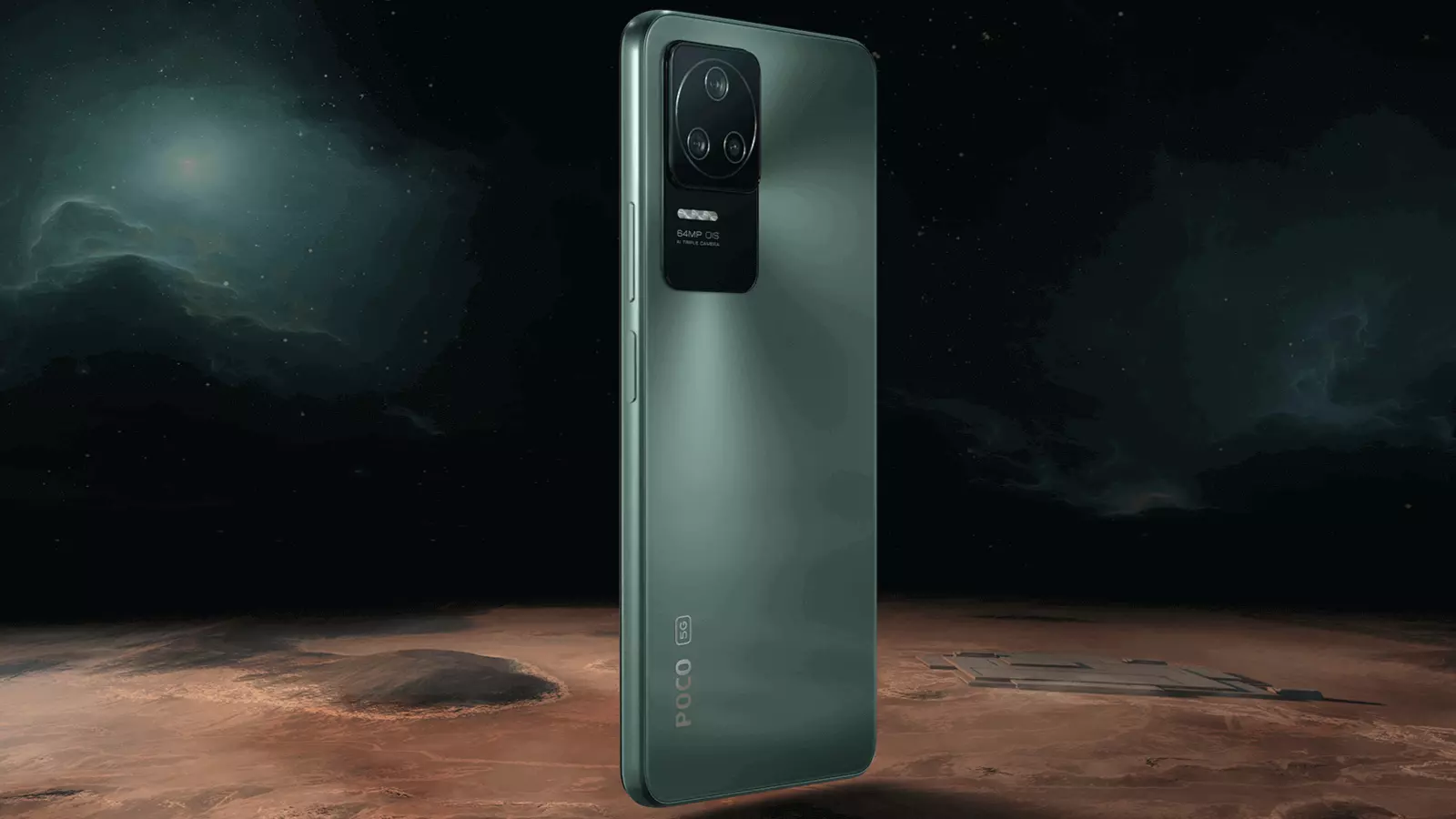
Content
POCO smartphones have gained popularity due to the successful combination of affordable price and high performance. That's the current model of the F-series, many were looking forward to. Will the novelty be a worthy replacement for last year's POCO F3? To answer, we studied the materials of foreign media and bloggers.
New is not always better than old
 Differences:
Differences:
- Gorilla Glass 5. Last year's model had Gorilla Glass 5 on the back, while POCO F4's back panel is made of glossy plastic that picks up fingerprints quickly. The whole frame is also plastic. As a result, the device looks cheaper and simpler than the 3.
- Stereo speakers: As for the advantages of the novelty: journalists note a pleasant vibration response and high-quality stereo speakers. The fingerprint scanner built into the power button works quickly and accurately. Erroneous unlocks sometimes happen too. However, this is easily fixed: it is enough to enable the corresponding option in the settings so that the sensor is triggered not only by touch, but also by pressing the button itself.
- Connectors. The smartphone has an infrared port for controlling household appliances. No headphone jack or microSD card support.
The display is old but still great
The screen in POCO F4 migrated from last year's model. A 6.67-inch AMOLED-matrix with a resolution of 2400×1080 pixels, support for HDR10 + and Dolby Vision is installed. The maximum declared brightness is 1300 nits. Tests show that in reality you can get 530 nits in manual mode, and 1003 in automatic mode. The minimum brightness is 2.2 nits. This is the standard number for OLED panels.  Features:
Features:
- sRGB. By default, the vivid color profile is active, strictly compliant with the DCI-P3 standard. Moreover, available are a rich preset and a raw color mode identical to the sRGB spectrum. In all cases, it will be possible to additionally adjust the color temperature.
- 120 Hz. Refresh rates up to 120Hz are supported. You can enable auto-tuning or manually fix the hertz by setting 60 or 120 Hz. True, in the latter case, the device still switches to 60 Hz when displaying static images and during video playback. If you select automatic mode, then the hertz will change from 30 Hz (in Always on Display mode) to a maximum of 120 Hz. At the same time, micro glitches are sometimes noticeable.
- MEMC. There are two options available in the options that are disabled by default. The AI Image Engine enhances the image by enhancing the visibility of light and dark areas. And thanks to MEMC, the frequency of the videos being played is artificially increased by adding additional frames.
- AOD. The AOD setting deserves special mention. It has a huge number of options. You can choose different pictures, watch types, inscriptions, displayed information and color accents.
There are many cameras, but there is no sense
The main module is a 64-megapixel OV64B sensor with an optical stabilization system (OIS). By default, pictures from it are taken at a resolution of 16 megapixels. There is also an 8 MP ultra-wide-angle lens (OV8856) without autofocus and a two mega pixel macro sensor.  Modules:
Modules:
- Main camera. According to experts, POCO F4 can upset those who care about the quality of shooting. Even in good lighting, the main camera produces mediocre shots: the colors are over saturated, there is a lack of sharpness in places, the dynamic range is limited, which is why there are highlights and dips in the shadows. In the evening, the situation worsens significantly – the pictures are soapy. But the night mode noticeably improves the photos.
- Ultra wide angle lens. An ultra wide angle lens is recommended to be used only in exceptional cases – when it is not possible to move further to capture everything on the main module. In poor lighting conditions, even the night mode will not save here. It’s easier to forget about the macro sensor right away – the approximation from the main camera is much better in quality. But the 20-megapixel front camera turned out to be very competitive: it produces detailed selfies. True, the skin tone turns out to be a little paler than in reality.
- Video recording. The smartphone shoots video in 4K with a frame rate of 60 fps on the main camera, and on a wide-angle one – 1080p with 30 fps. OIS eliminates micro shaking when recording from a spot. On the move, the picture is too twitchy.
Performance
The same chip is installed inside POCO F4, as in the previous gadget: Snapdragon 870, which is an overclocked version of the 7-nanometer Snapdragon 865. The processor has been tested by time and is still considered the best in the Qualcomm line. To maximize its potential, the owners of the “four” should use the game and performance modes at the same time. In this case, the performance drop under load is approximately 15%.  Features:
Features:
With synthetic tests, the chip can be heated up to 86 degrees. However, for this, you need to load all 8 cores to 100% for 40 minutes in a fairly hot environment – in reality, no one will do this. During everyday use, the interface of the device rarely slows down.
If you run Genshin Impact at the maximum picture presets, the case gets very hot and sometimes micro lags are noticeable, but there are no critical frame drops. In PUBG Mobile, the Ultra HD graphics setting is available, with which the shooter runs without any problems, but again there is a noticeable heating of the phone. There is practically no heat in Mobile Legends: Bang. Also note that an hour of playing Genshin Impact or PUBG can reduce screen brightness by 50%.
Quick Charge
 The capacity of the built-in battery is, 4500 mAh. On average, you can count on 4–6 hours of active display. For example, running Genshin Impact for an hour drains the battery by 30%. The smartphone supports 67W fast charging. The manufacturer promises a full battery replenishment in 38 minutes, tests of various bloggers confirm this figure. In 15 minutes, you can recharge the battery from 0 to 55%, in half an hour – up to 92%.
The capacity of the built-in battery is, 4500 mAh. On average, you can count on 4–6 hours of active display. For example, running Genshin Impact for an hour drains the battery by 30%. The smartphone supports 67W fast charging. The manufacturer promises a full battery replenishment in 38 minutes, tests of various bloggers confirm this figure. In 15 minutes, you can recharge the battery from 0 to 55%, in half an hour – up to 92%.
Summary
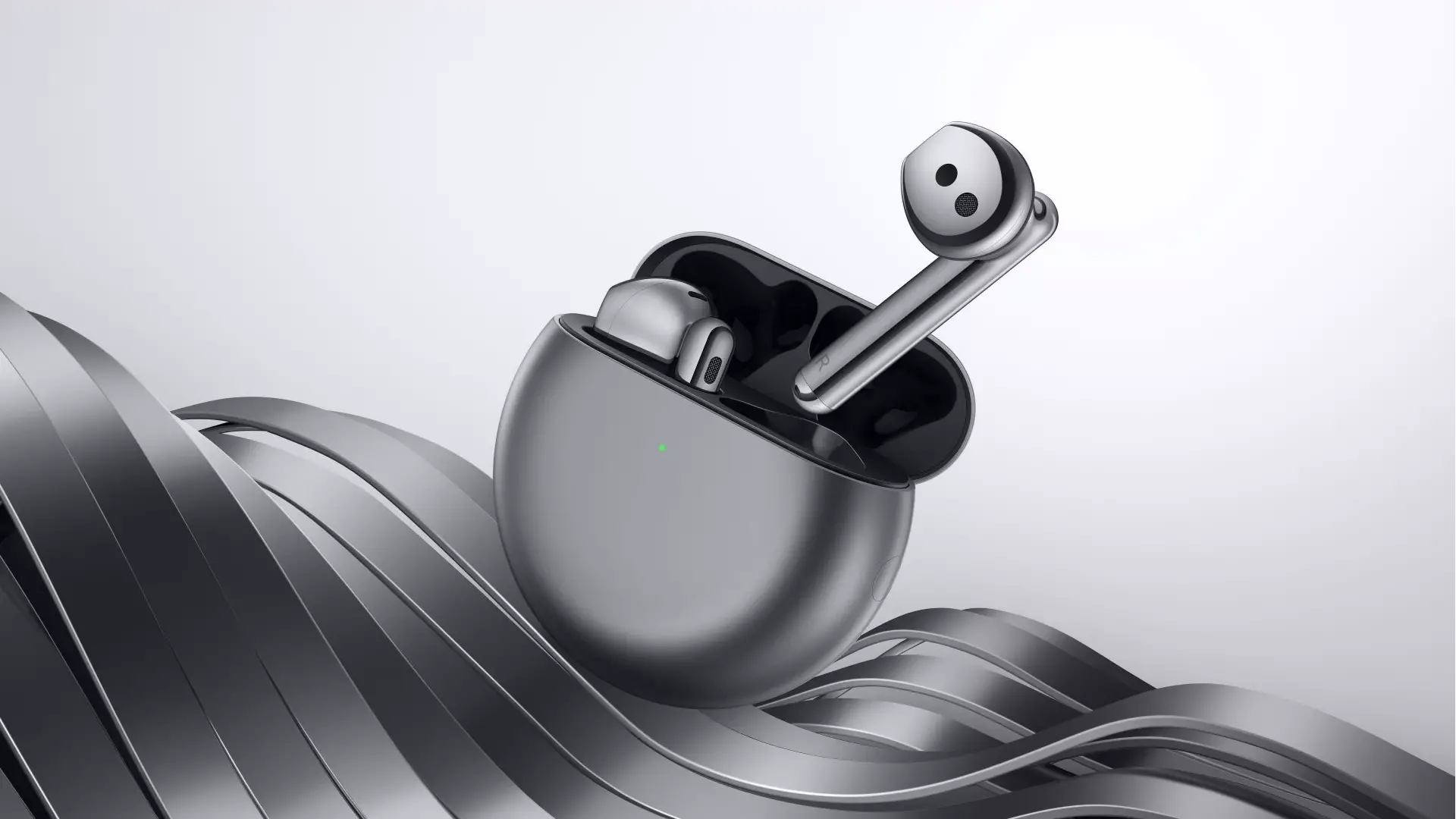 Huawei FreeBuds 4 Review
Huawei FreeBuds 4 Review
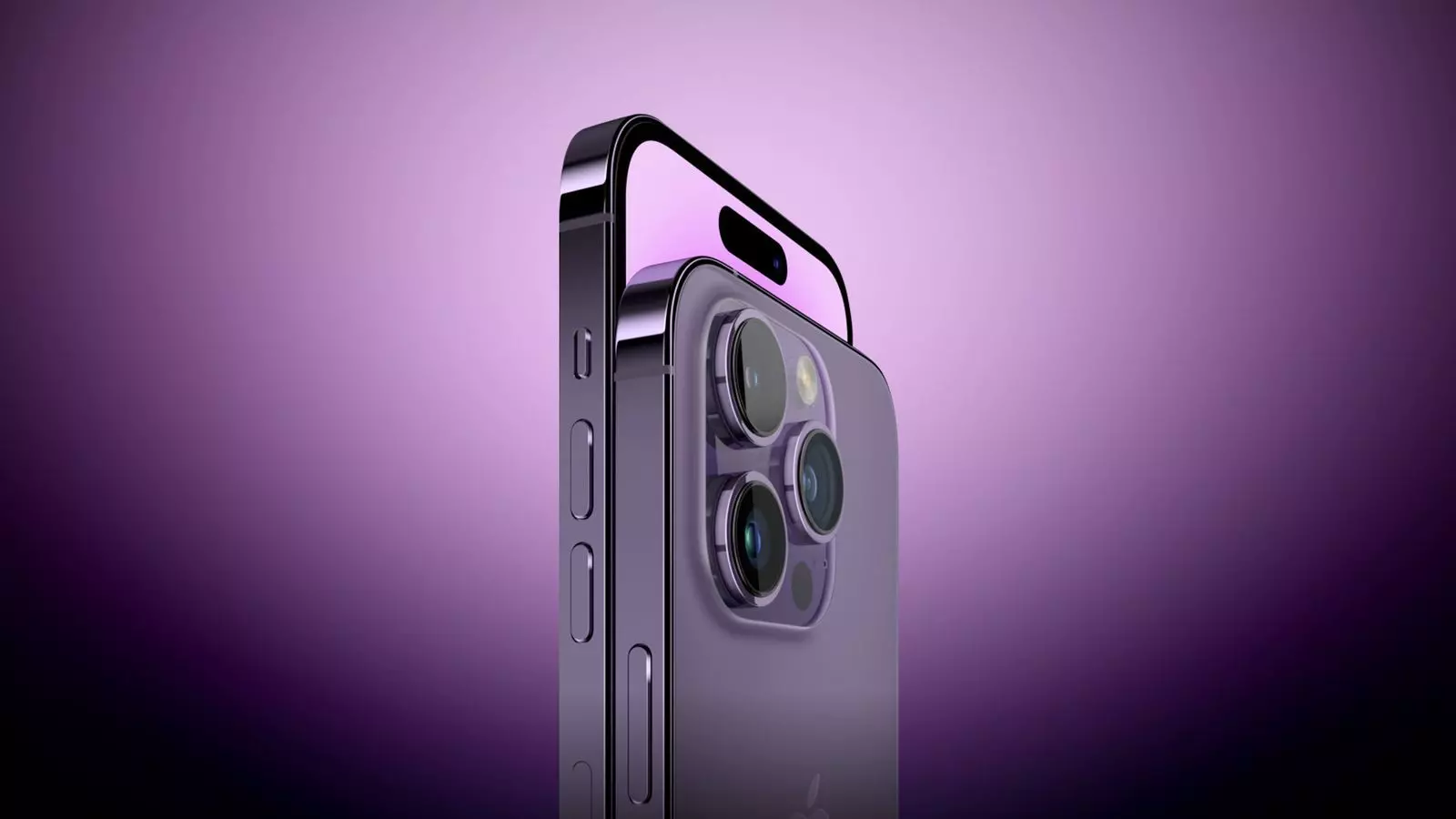 Apple iPhone 14 Pro Max Review
Apple iPhone 14 Pro Max Review

